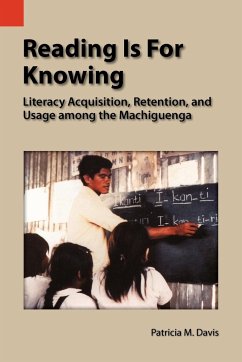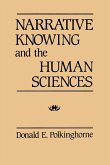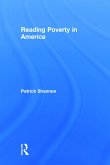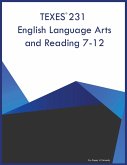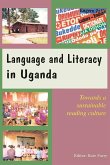The Peruvian Ministry of Education initiated bilingual schools in Amazonia soon after the Machiguenga people-inhabitants of the Peruvian rainforest-received a written alphabet in the late 1940s. Despite barriers of distance, language and cultural diversity, this educational program is an ongoing success. The 1993 data shows an average literacy rate of nearly 65 percent, with high literacy use-predictive of literacy continuance. This first-hand account, by the educator who helped develop the Machiguenga schools, is rich with descriptions, providing teachers and literacy practitioners an in-depth study of a minority-language educational program. Students of cross-cultural training will find a culturally sensitive model for teaching and evaluation. This study is significant since it relates the favorable attitudes toward literacy among an isolated people group, formerly in a monolingual area with no government schools until 1954. Equally noteworthy is the fact that Machiguenga teachers have conducted all primary level education even though they were at first barely literate themselves. These maturing teachers continued their education during summer sessions and shared their knowledge with their pupils year by year as they themselves advanced through the grades. Currently the three area high schools are staffed both by Spanish-speaking teachers and Machiguenga personnel with tertiary education. This book reflects the delight the Machiguenga people find in learning. They have voluntarily expended enormous effort to make reading a part of their society. This is both a scholarly work and a present day drama.
Hinweis: Dieser Artikel kann nur an eine deutsche Lieferadresse ausgeliefert werden.
Hinweis: Dieser Artikel kann nur an eine deutsche Lieferadresse ausgeliefert werden.

